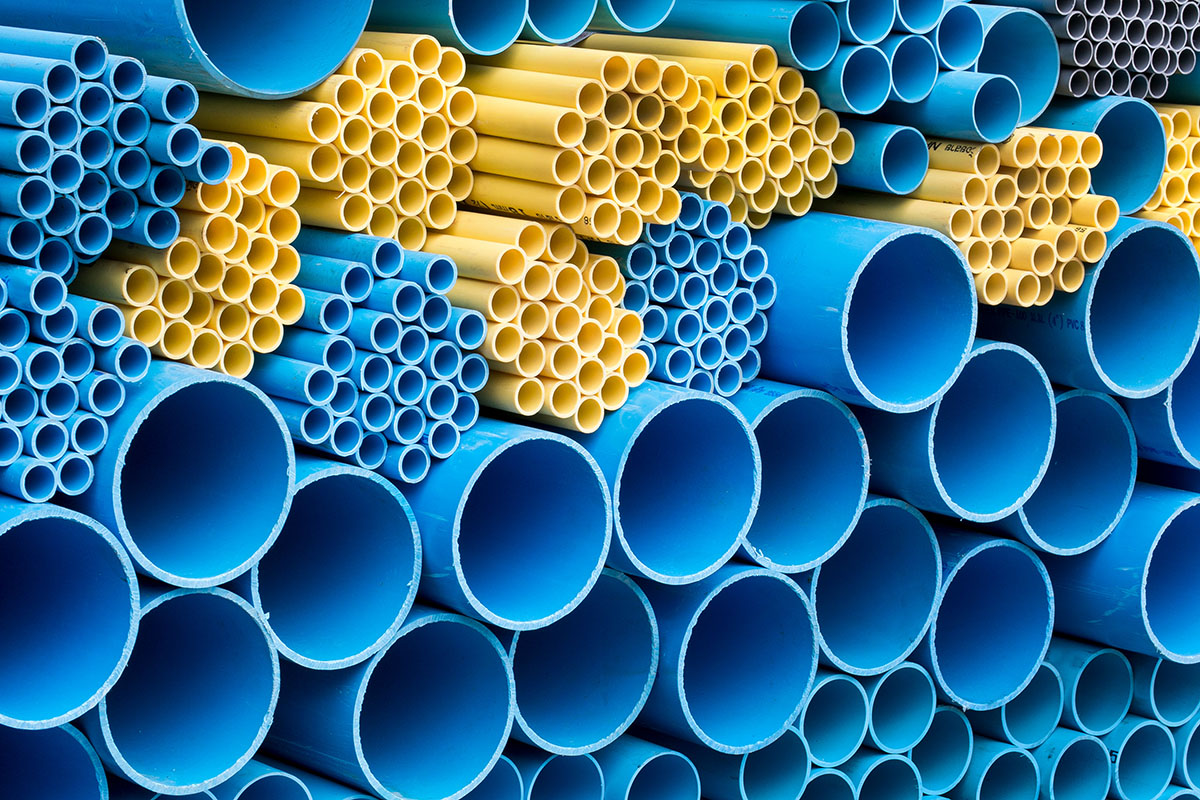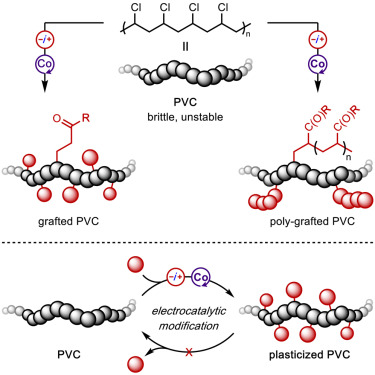Improved PVC Durability for Microplastic Prevention

Researchers have developed a breakthrough technique to improve the durability of polyvinyl chloride (PVC), one of the most widely used plastics.
Researchers have developed an innovative method that enhances the material’s resistance to wear and significantly reduces the shedding of dangerous microplastics, addressing a critical environmental concern.
You can also read: Reinforced PVC Composites from E-Waste
Plasticizer Leaching and Microplastics
PVC is commonly used in products ranging from plumbing and flooring to medical packaging. However, its pure form is brittle and thermally unstable, making it unsuitable for many applications. Manufacturers typically add plasticizers—compounds that enhance flexibility, stability, and durability to improve these properties. The problem, however, is that these plasticizers are not covalently bonded to the PVC polymer and can gradually leach out over time.
As plasticizers leach from the material, the PVC deteriorates, losing its flexibility and functional properties. Even more concerning is that this process releases harmful organic compounds and microplastics into the environment. These microplastics, which can persist in ecosystems for long periods, pose serious health risks to humans and wildlife. Leaching shortens the lifespan of PVC products and contributes to widespread plastic pollution.
A New Solution: Covalent Bonding
Researchers have developed a method to covalently bond plasticizers directly to the PVC polymer backbone to combat these issues. This electrocatalytic functionalization modifies the carbon-chlorine (C–Cl) bonds in PVC, permanently attaching the plasticizers to the material. As a result, the plasticizers remain securely integrated, preventing the leaching that typically occurs with traditional PVC formulations.

The electrocatalytic functionalization of PVC to covalently graft plasticizing additives directly onto the polymer backbone. Courtesy of Electrocatalytic grafting of polyvinyl chloride plastics.
This covalent bonding approach allows precise control over the grafting process by adjusting the redox capacity during electrolysis. By doing so, the modified PVC materials retain their enhanced properties without the risk of shedding microplastics or hazardous organics, offering a more sustainable alternative for a range of industrial applications.
Environmental and Industrial Impact
The implications of this breakthrough are significant. By preventing the release of microplastics and harmful compounds, this new method could help reduce PVC’s environmental footprint. Moreover, products made from covalently bonded PVC would last longer, requiring fewer replacements and reducing waste. While further scaling is needed, this innovation has the potential to revolutionize the production of safer, more sustainable materials.
